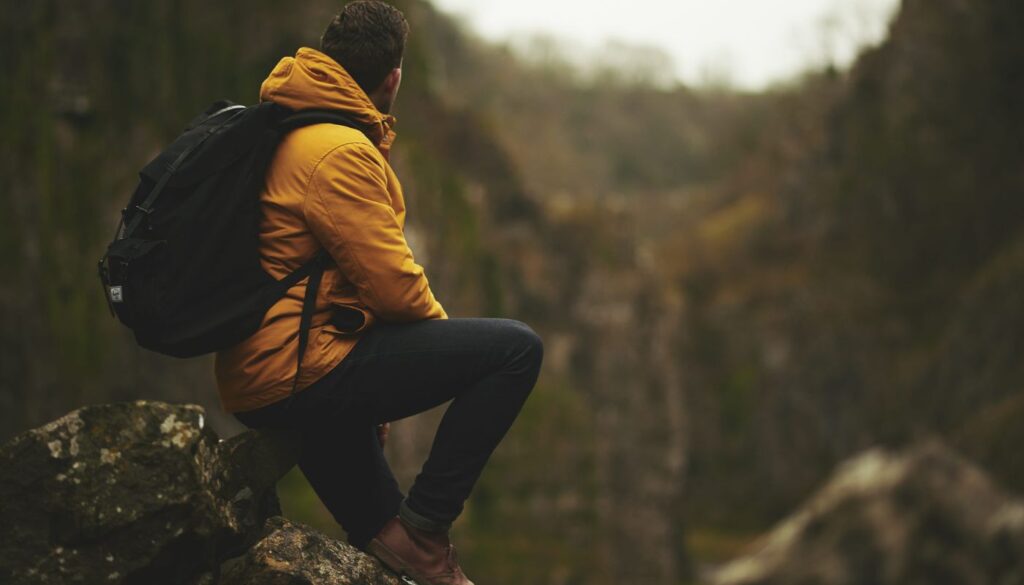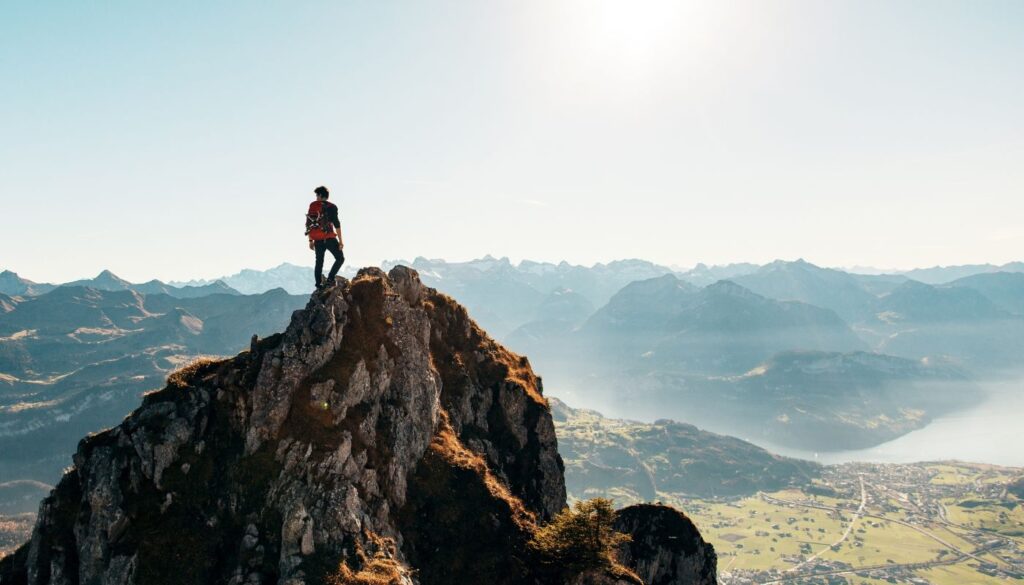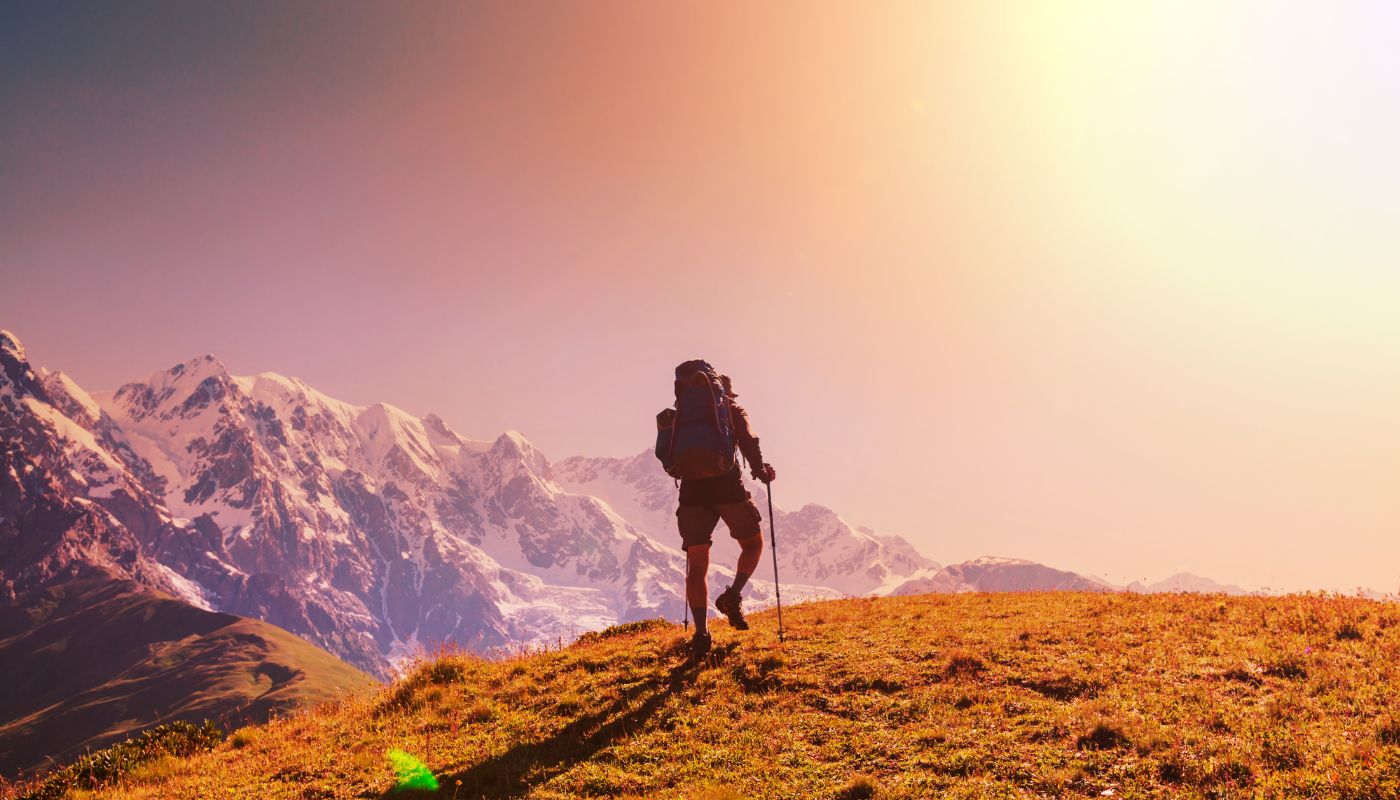Embarking on a mountain trekking adventure promises breathtaking views and unforgettable experiences. However, the rugged terrain and unpredictable weather conditions pose significant risks that can turn an exhilarating journey into a perilous ordeal. In this article, we will guide you through essential safety tips to ensure your mountain trekking adventure is as safe as it is exhilarating. Whether you’re a seasoned hiker or setting out for your first trek, these insights will prepare you for a successful and secure expedition.
Essential Gear for Mountain Trekking
Embarking on a mountain trekking adventure requires meticulous preparation, with the selection of appropriate gear being paramount to ensure safety, comfort, and enjoyment. The cornerstone of successful trekking lies in carrying equipment that addresses the unpredictable nature of mountainous terrains. Among the essentials, footwear stands out as the primary gear; a pair of high-quality, well-fitted trekking boots can significantly reduce the risk of injuries and blisters. It’s vital that these boots are not only waterproof but also provide ample ankle support and grip to navigate through varied terrains seamlessly.
Equally important is the selection of a durable, weather-resistant backpack that can accommodate all necessary supplies without compromising on comfort. The backpack should have enough compartments to organize gear efficiently and should fit snugly to avoid causing strain on the back or shoulders. Clothing is another critical component, with layers being the key strategy. The ability to add or remove layers as needed helps in managing body temperature effectively, thereby preventing hypothermia or overheating. Opting for moisture-wicking fabrics and a waterproof, breathable jacket is advisable to stay dry and comfortable throughout the trek.
Lastly, safety cannot be overstated; a comprehensive first aid kit, a reliable navigation tool (GPS device or compass), and a headlamp for low-light conditions are indispensable. These items ensure preparedness for common injuries and the ability to maintain direction and visibility, respectively. To summarize, while personal preferences may vary, ensuring that these fundamental pieces of gear are included in your packing list will set a solid foundation for a safe and memorable mountain trekking experience.
- High-quality, waterproof trekking boots
- Durable, weather-resistant backpack
- Layered clothing with moisture-wicking fabrics
- Waterproof, breathable jacket
- Comprehensive first aid kit, GPS device or compass, and headlamp
Preparing for Your Mountain Trek: A Safety Guide
Mountain trekking is an exhilarating adventure that brings you closer to nature’s unspoiled beauty. However, it’s paramount to approach these treks with a safety-first mindset. Adequate preparation, knowledge of the terrain, and the right equipment are your best allies against the unpredictable challenges you might face. This guide aims to equip you with essential safety tips to ensure a memorable and safe mountain trekking experience.
Firstly, understanding the terrain and weather conditions of your chosen trek is crucial. Mountains are notorious for their rapidly changing weather, which can pose significant risks if you’re caught unprepared. Researching and planning your route, with contingencies for adverse weather, is a step that cannot be overlooked. Additionally, equipping yourself with high-quality gear is not just a matter of comfort but of survival. Essential items include a sturdy pair of hiking boots, weather-appropriate clothing, and a reliable GPS or map and compass.
Moreover, never underestimate the importance of physical preparation. Trekking in mountainous regions demands a good level of fitness to navigate the often strenuous paths safely. Start conditioning your body weeks, if not months, in advance, focusing on cardiovascular fitness, strength training, and endurance. Remember, altitude can affect even the most experienced hikers, so consider including altitude acclimatization in your preparation if your trek will take you above 8,000 feet.
| Preparation Aspect | Why It’s Important | Examples |
|---|---|---|
| Understanding Terrain and Weather | Prevents being caught in dangerous conditions | Studying maps, checking weather forecasts |
| Quality Gear | Ensures safety and comfort during the trek | Weather-appropriate clothing, reliable GPS |
| Physical Preparation | Enhances ability to navigate difficult paths | Cardiovascular fitness, strength training |
| Route Planning | Avoids getting lost and allows for emergency exits | Having a detailed itinerary, informing others of your plan |
| Altitude Acclimatization | Reduces risk of altitude sickness | Gradual ascent, spending days at intermediate altitudes |
Navigating Tricky Terrain Safely

Mountain trekking can be an exhilarating experience, offering breathtaking views and the sense of achievement that comes from reaching new heights. However, it also presents a unique set of challenges, particularly when navigating tricky terrain. Safety should always be the paramount concern, and understanding how to tackle such environments can make all the difference. Whether you’re crossing a rocky landscape, steep slopes, or narrow paths, preparation and knowledge are key.
Firstly, assessing the terrain before you begin is crucial. This involves understanding the day’s route and identifying any potential hazards. It’s important to plan your steps carefully, especially in areas where the path may not be clearly marked. Using trekking poles can provide additional stability and support, reducing the risk of slips and falls. Moreover, wearing the right footwear is essential. Shoes with a grip designed for outdoor terrains can significantly enhance safety, offering better traction on both wet and dry surfaces.
Another vital aspect of safely navigating tricky terrain is keeping a steady pace. Rushing can lead to mistakes and accidents. It’s better to move slowly and deliberately, giving yourself time to react to unexpected obstacles. Always keep your eyes on the path ahead, but also be aware of your surroundings. This dual focus can help you anticipate challenges and adjust your route as needed. Remember, the goal is not just to reach the summit but to do so safely, ensuring you can enjoy many more treks in the future.
Additional Insights for Tricky Terrain
- Always check the weather forecast before heading out. Sudden changes can affect terrain conditions.
- Learn basic navigation skills, including how to use a map and compass, to avoid getting lost.
- Stay hydrated and take regular breaks, especially on longer treks.
- Consider the time of day, as visibility plays a critical role in safely navigating tricky paths.
- Travel with a partner or group when possible. There’s safety in numbers.
Weather Preparedness on the Mountain

When planning a mountain trek, understanding and preparing for the weather is crucial. The weather in mountainous areas can be unpredictable and change rapidly, posing significant risks to unprepared trekkers. To ensure safety, it’s essential to check the weather forecast before your trip and continue monitoring it as your trek progresses. Being aware of potential weather changes can help you make informed decisions about whether to proceed or seek shelter. Additionally, learning to recognize the signs of approaching storms or severe weather can be a lifesaver.
It’s also vital to pack appropriate gear for all possible weather conditions. This includes waterproof clothing, extra layers for warmth, and sun protection. Even in summer, temperatures at higher elevations can be much cooler than at sea level, and weather conditions can shift from sunny to stormy within hours. Therefore, having gear that can protect you from the elements is non-negotiable. Furthermore, always carry a detailed map and a compass or GPS device. In case of poor visibility due to fog or heavy rain, being able to navigate without relying solely on trails or landmarks is imperative.
Lastly, educate yourself on the symptoms of hypothermia and heat exhaustion. Both can occur in the mountains, regardless of the season, and knowing how to respond to these conditions is critical. By preparing for the weather and understanding the risks, you can enjoy a safe and rewarding mountain trekking experience.
Understanding Mountain Weather Patterns
Delving deeper into weather preparedness, it’s beneficial to understand the common weather patterns that affect mountainous regions. Mountains can create their own weather, making local forecasts extremely valuable. For instance, the orographic effect, which causes air to cool as it rises over a mountain, often leads to precipitation on the windward side. Recognizing these patterns can help trekkers anticipate changes in weather and make smarter decisions during their journey.
Key Weather Indicators to Watch While Trekking
| Indicator | What It Signifies | Recommended Action |
|---|---|---|
| Darkening Clouds | Approaching Storm | Seek Shelter Immediately |
| Sudden Drop in Temperature | Possible Rain or Snow | Add Layers, Prepare for Precipitation |
| Increasing Wind | Storm Approaching | Secure Loose Items, Find Shelter |
| Change in Air Pressure | Weather Change | Check Weather Forecast, Adjust Plans |
| Halos Around Sun or Moon | Sign of High Thin Clouds, Possible Precipitation | Anticipate Changes, Remain Cautious |
Wildlife Encounters: Do’s and Don’ts
Encountering wildlife while trekking can be an exhilarating experience, yet it demands a high level of awareness and respect for these creatures and their habitat. Knowing the do’s and don’ts can protect both you and the wildlife. First and foremost, it is crucial to maintain a safe distance at all times. Approaching too closely to wildlife can provoke stress or aggression in animals, endangering both parties.
Should you encounter wildlife on your trek, remain calm and do not attempt to feed or touch the animals. Feeding wildlife alters their natural behaviors and diet, potentially leading to aggressive behavior towards humans. Additionally, always ensure that your food and trash are securely stored away. Unattended or poorly stored food can attract animals, increasing the risk of encounters. If you’re trekking in bear country, bear-proof containers and knowledge of how to use them are essential.
It’s also vital to travel in groups when possible, as animals are less likely to approach a group. Making noise while trekking can alert animals to your presence, allowing them to move away, reducing the likelihood of surprise encounters. However, be mindful of the type of noise you make; continuous, human conversation is preferable over intermittent loud noises that can startle wildlife.
- Maintain a safe distance from wildlife.
- Never feed or attempt to touch wild animals.
- Securely store food and trash.
- Travel in groups to minimize the risk of wildlife encounters.
- Use human conversation to alert wildlife of your presence.
Understanding Wildlife Behavior for Safer Trekking
Deepening our understanding of wildlife behavior can significantly enhance our trekking safety and experience. Recognizing the signs of agitation or distress in animals can help trekkers avoid escalating an encounter into a hazardous situation. It’s beneficial to research and understand the specific wildlife you might encounter in the area you plan to trek.
Further Insights into Preventative Measures
Taking proactive measures, such as attending a wildlife safety course or consulting with local wildlife experts, can provide invaluable insights into coexisting peacefully with nature during your treks. Such preparedness not only ensures your safety but also the preservation and respect of the natural world.
Staying Hydrated and Energized
One of the most critical aspects of mountain trekking is ensuring that you remain hydrated and energized throughout your journey. The body loses fluids at a higher rate due to the intense physical activity and varying altitudes, making hydration a key factor in preventing altitude sickness and maintaining stamina. It is advisable to drink water regularly, even if you do not feel thirsty, to keep dehydration at bay. Incorporating electrolyte solutions or tablets in your water can also help replenish the salts lost through sweating.
Energy levels play a crucial role in the success of your trek. Consuming high-energy, nutritious snacks such as nuts, seeds, dried fruits, and energy bars can provide the necessary fuel your body needs to tackle challenging terrains. These foods are not only lightweight and easy to carry but also offer a quick source of energy and nutrients. Planning your meals and snack times can help in maintaining consistent energy levels, ensuring that you have enough stamina to enjoy your trek without hitting a wall.
It is equally important to listen to your body’s signals. Resting when needed, adjusting your pace, and consuming food and water before you feel depleted are strategies that can significantly enhance your trekking experience. By staying hydrated and well-nourished, you can ensure a safer and more enjoyable journey through the mountains.
| Item | Type | Benefits |
|---|---|---|
| Water | Beverage | Hydration, Prevents Altitude Sickness |
| Electrolyte Solution | Supplement | Replenishes Salts, Enhances Hydration |
| Nuts & Seeds | Snack | High Energy, Nutritious |
| Dried Fruits | Snack | Quick Energy, Lightweight |
| Energy Bars | Snack | Convenient, High-Calorie |
In conclusion, staying hydrated and energized is a cornerstone of a successful and enjoyable mountain trekking experience. By paying close attention to your body’s hydration and nutritional needs, you can enhance your performance, safety, and overall enjoyment of the trek. Remember, the mountains are a demanding environment, and being well-prepared can make all the difference in your adventure.
